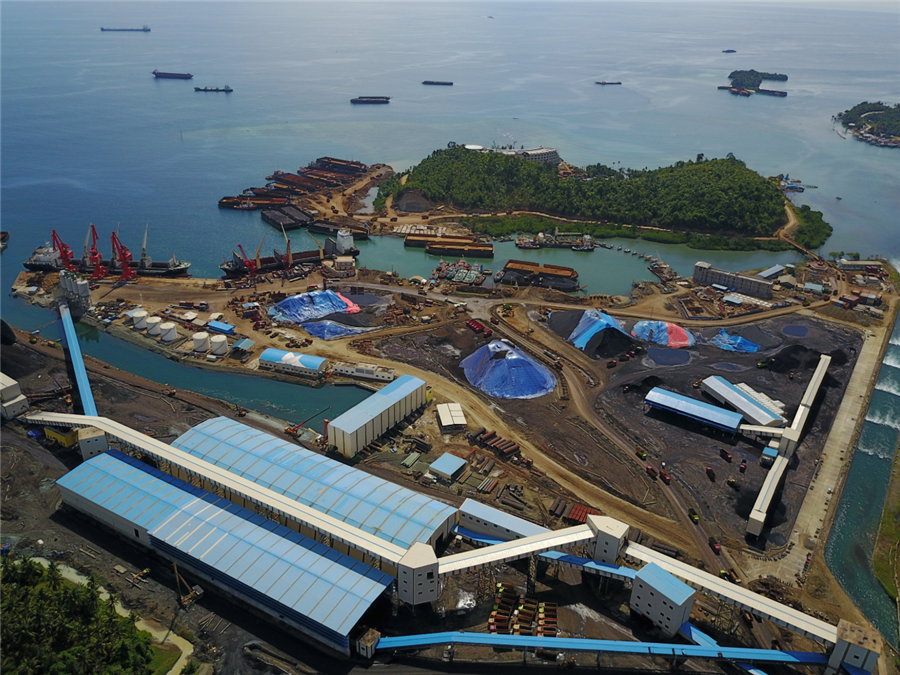
The Global Palladium Fund published a forecast anticipating a global nickel surplus of 59KT in 2022.
The specialist provider of physical metal ETCs expects the surplus to be concentrated in low-grade nickel pig iron (NPI) and to depend heavily on an expected increase in supply from Indonesia materializing.
“The impact of covid-19 halted the launch of significantly expanded NPI production capacity in Indonesia this year, resulting in a nickel market deficit likely to be around -150KT for 2021,” the report reads. “If this increased capacity can be brought online, it would represent supply growth of 20% year on year.”
According to Global Palladium Fund, a nickel surplus would be a particularly welcome outcome for stainless steel manufacturers, which rely on the metal for their own production, as well as for EV battery makers, despite the fact they require higher-grade nickel for which the supply outlook is less certain.
In the view of the firm’s experts, all eyes are on Indonesia, and whether it can ramp up capacity to meet the strong demand for nickel likely to continue in the New Year.
“Next year will really be a tale of two nickels, as for high-grade nickel the situation is looking more finely balanced, with less prospect for near-term supply increases, and the likelihood of deficit growing as demand for electric vehicle batteries in particular increases,” Timothy Harvey, GPF’s head of business development, said in the report.
“Looking further ahead, the most pronounced imbalance will be for low-carbon nickel, as appetite is likely to increase dramatically while supply will necessarily remain constrained.”
For Harvey, even though the availability of low-carbon nickel – which is produced using renewable energy and sometimes combined with carbon offsetting – is a relatively new development, demand from investors and industrial consumers is growing rapidly.
In addition to existing challenges, the fund sees further supply issues rolling out in the long term, as greater scrutiny on the carbon footprint of metals puts the spotlight on Indonesia, where emissions tend to be higher.